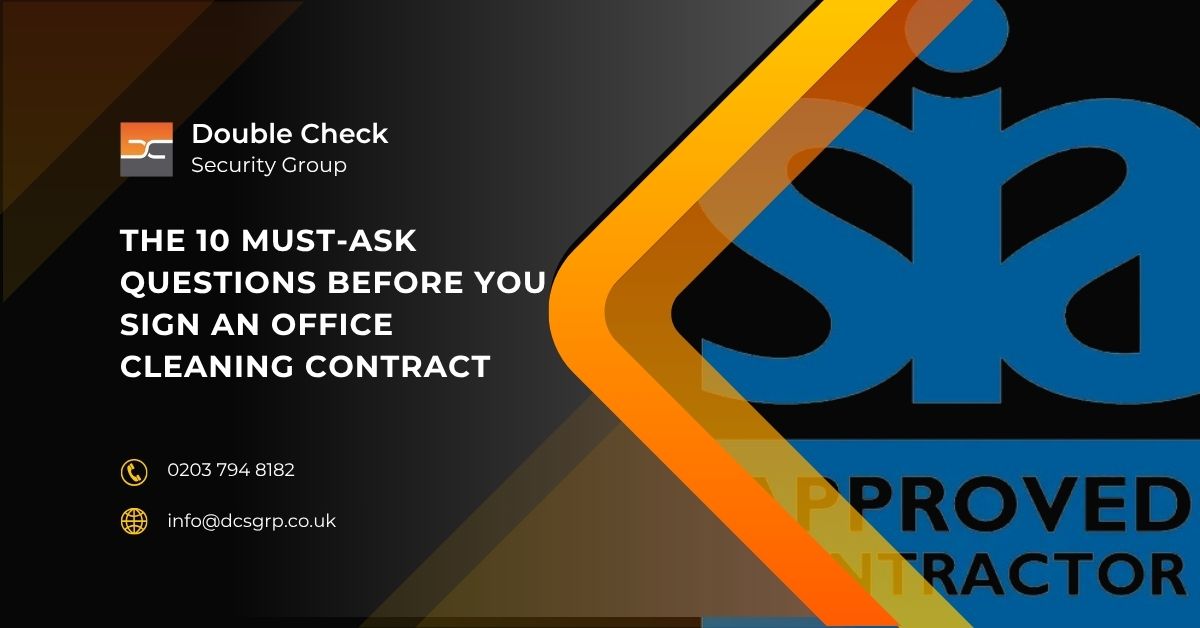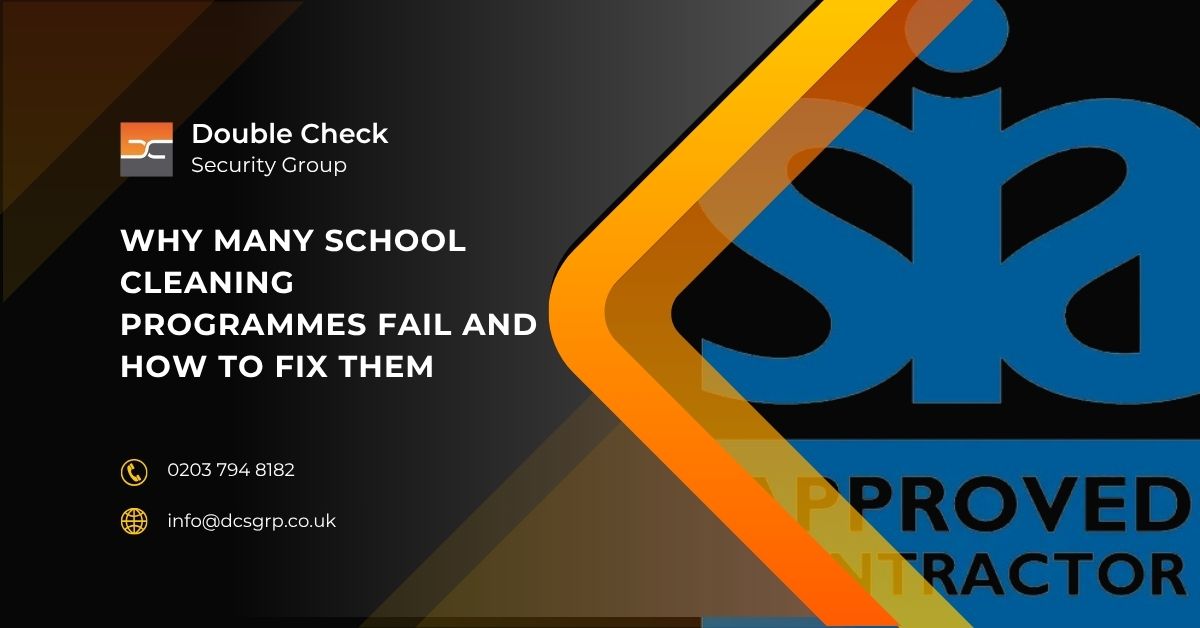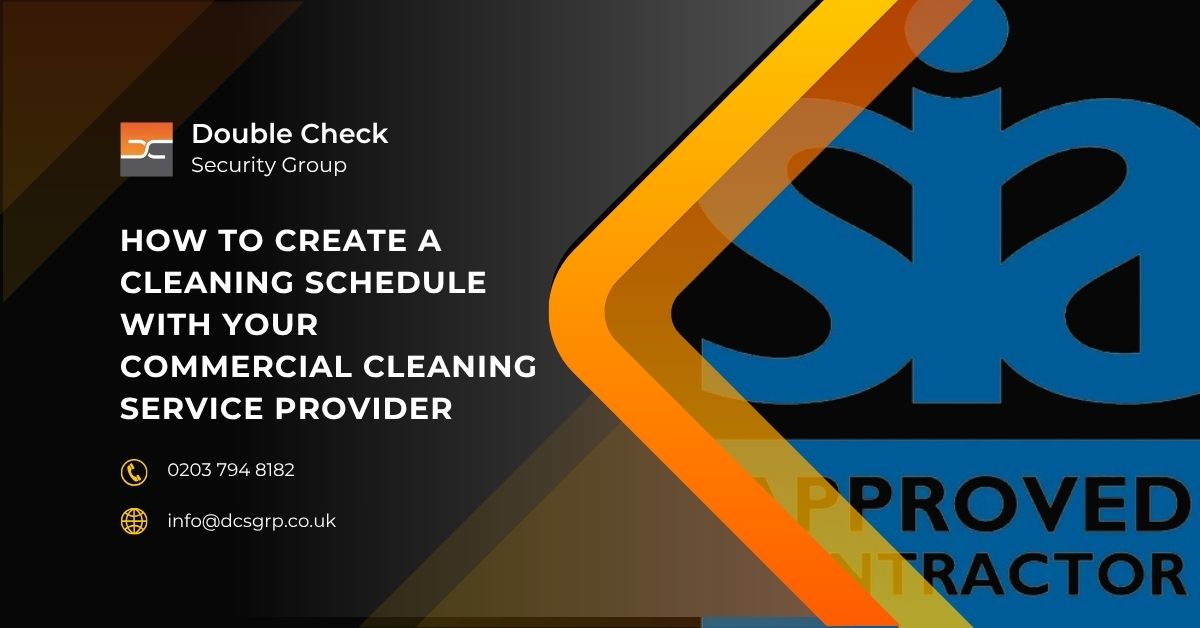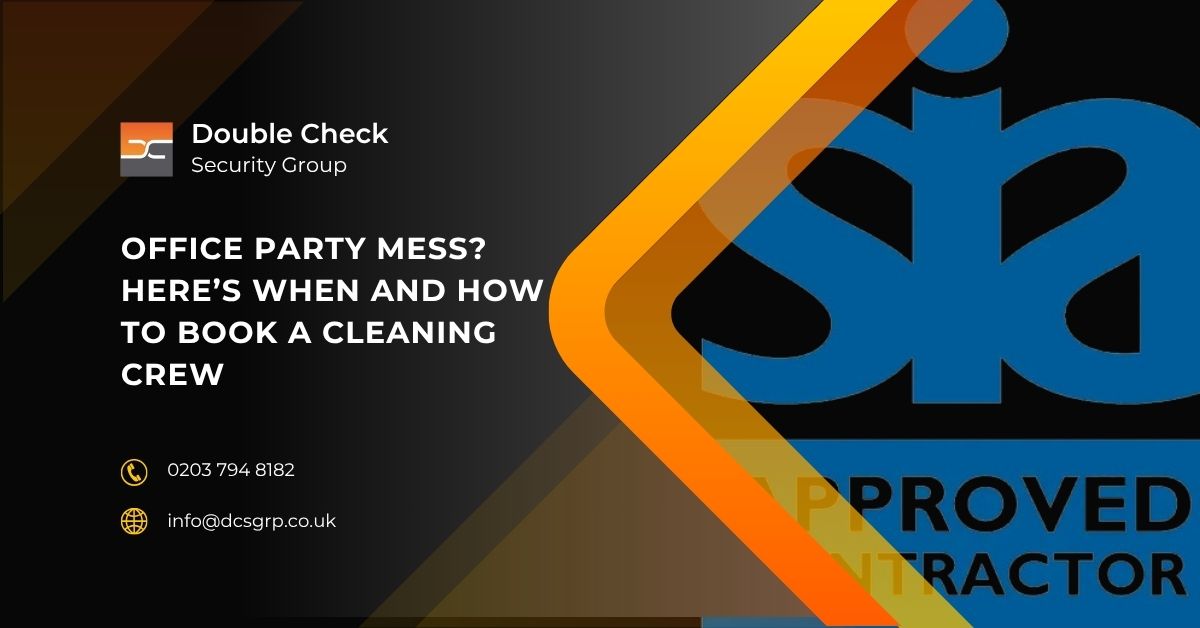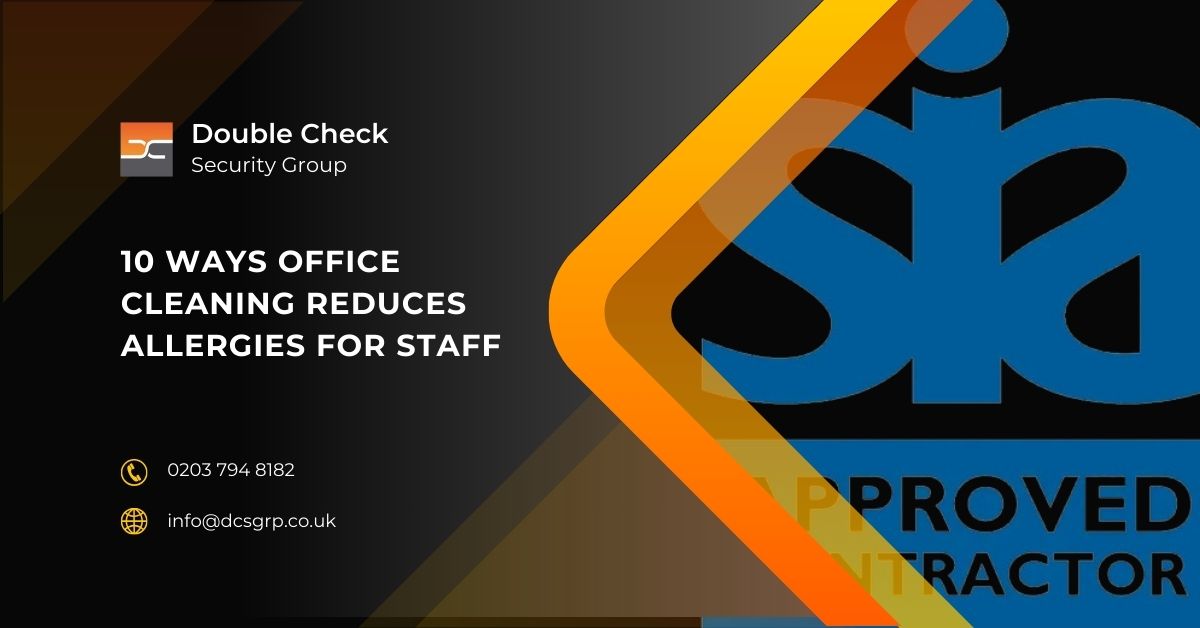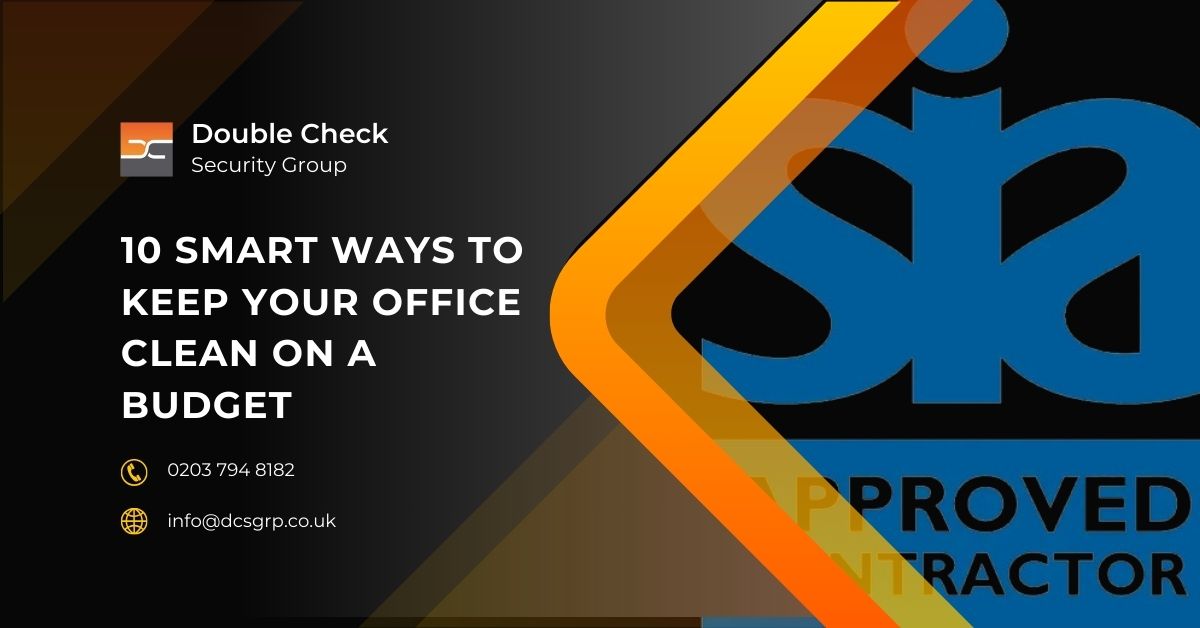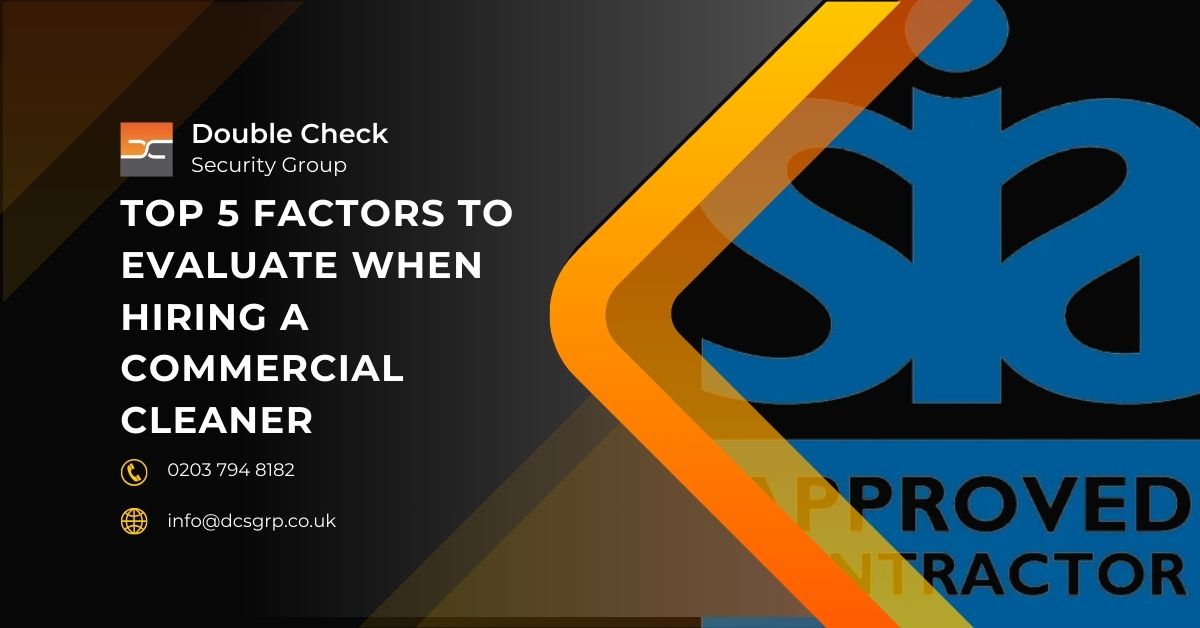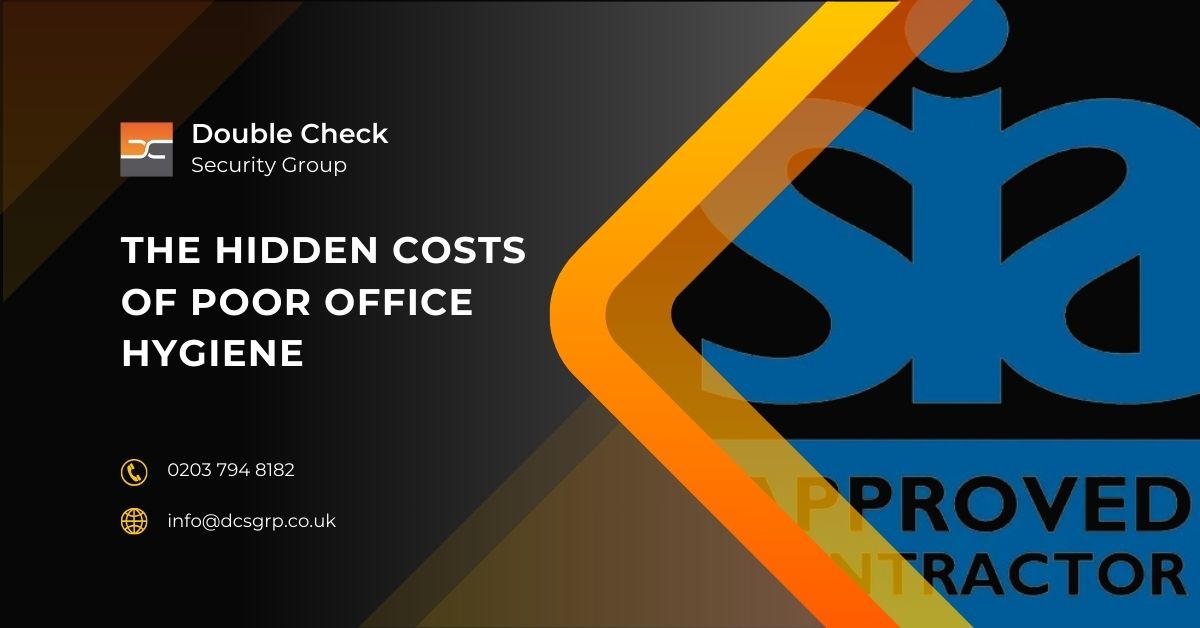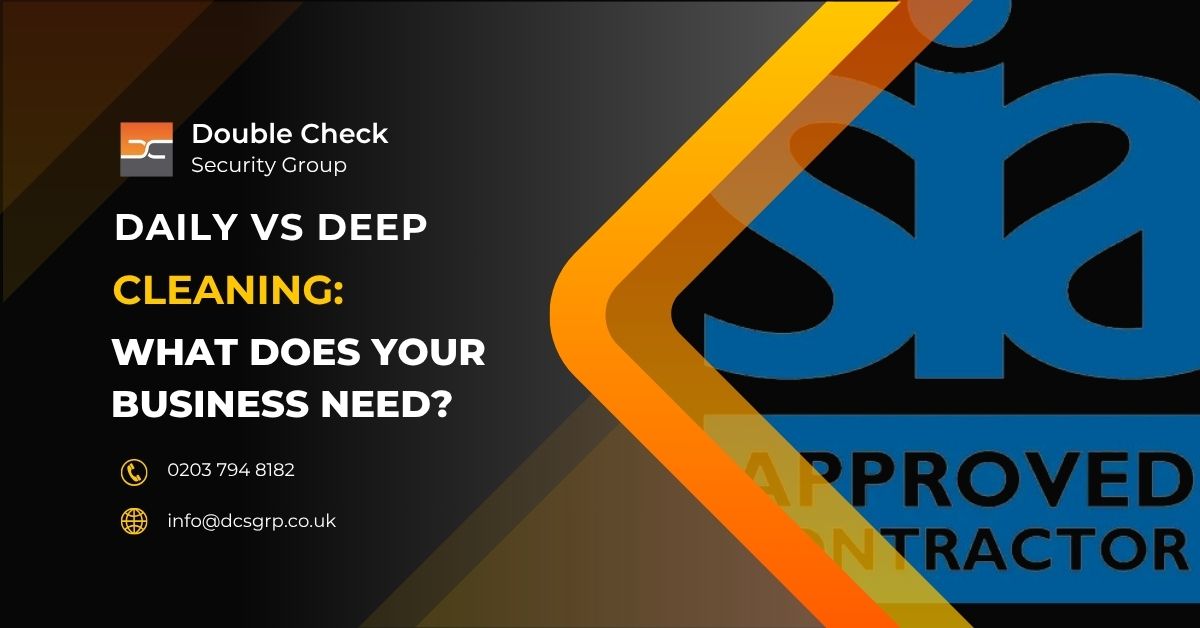Does Your Facility Need a Deep Clean Instead of Daily Cleaning Services?
Yes, if you are noticing persistent issues like lingering odours, stained surfaces, increased employee illness, dust build up or consistent complaints about cleanliness, then your facility likely needs more than routine janitorial services. Surface level cleaning may be suitable for general upkeep, but it often misses areas where bacteria, allergens and dust accumulate. A thorough deep clean targets overlooked spaces, improves air quality, supports infection control and ensures compliance with sanitation standards such as COSHH and HSE hygiene protocols.
Sign 1: Lingering Odours That Don’t Go Away
Persistent Smells Reveal Deeper Hygiene Issues
When unpleasant odours continue to resurface even after regular cleaning, this often points to microbial buildup or ventilation system failure. These smells typically come from areas like restrooms, carpeted spaces and kitchens where moisture, mildew and biofilms accumulate out of sight.
Where to Look for Problematic Smells
Check carpet fibres, kitchen drains, bin storage rooms and washroom grout lines. Uncleaned grease traps and stagnant air from neglected HVAC filters can also contribute to unpleasant odours, especially if ammonia or mould is present.
Why Odour Control Demands a Deep Clean
Temporary fragrance sprays only mask the issue. A deep cleaning service uses disinfectants, hot water extraction and high pressure steam systems to neutralise odour sources. Regular servicing of ventilation systems and changing air filters further supports odour elimination and microbial control.
Book a Deep Cleaning Consultation
Sign 2: Stains and Discolouration Across Surfaces
Surface Imperfections Show Cleaning Neglect
Tiled floors, wall cladding and communal glass panels often show early signs of insufficient cleaning. Persistent marks may be the result of embedded grime, grease or mineral residue. In kitchens, discolouration could indicate poor degreasing practices, while in washrooms it may stem from limescale or urine salts.
Identifying High Risk Areas
Corridors, reception zones, kitchen counters and sanitary facilities are more likely to show these signs. These are high traffic zones where daily surface cleaning alone cannot remove deeper layers of dirt. Grout lines, floor edging and skirting boards often trap contaminants.
The Role of Professional Stain Removal
Specialist cleaners apply alkaline detergents, mechanical scrubbing and anti microbial agents. This process restores visual standards while reducing infection risks. Deep cleaning also addresses safety by removing slippery residues that could lead to falls or workplace incidents.
Sign 5: Dust Build Up or Poor Air Quality
Dusty Surfaces and Stuffy Air Are Warning Signs
Dust on blinds, shelves and air vents even after routine cleaning may point to poor air hygiene. Combined with musty smells or increased allergy symptoms, this can suggest ventilation systems are circulating airborne particles that affect comfort and health.
What Causes Indoor Air Quality to Drop
Dirty ductwork, blocked return vents and infrequent filter replacement all affect airflow. Without proper HVAC maintenance, systems push dust, pollen and bacteria into work zones. Computers and machinery may also suffer reduced efficiency due to dust contamination.
Deep Cleaning to Improve Air Hygiene
A facility wide air quality reset should include vacuuming with HEPA filtration, vent cleaning, filter replacements and monitoring with air particle sensors. This improves circulation, removes airborne pathogens and reduces the likelihood of allergic reactions or asthma triggers.
How Can You Get Ahead of These Cleaning Issues Before They Become Bigger Problems?
A Preventative Approach Makes All the Difference
If any of these signs are visible in your building, consider requesting a cleaning audit. Audits assess current practices, identify hygiene shortfalls and evaluate whether contractual obligations are being met. Reviewing site hygiene logs and janitorial key performance indicators can also help.
Strengthening Your Cleaning Protocol
Make sure your current cleaning provider is carrying out scheduled deep cleans and following Control of Substances Hazardous to Health (COSHH) regulations. They should also be trained in high risk area sanitation, including kitchen hygiene and restroom biohazard handling.
Set a Clear Plan for Deep Cleaning
Plan periodic deep cleans based on foot traffic and building use. Offices with high staff density may need quarterly services, while healthcare or food premises may need monthly attention. Document the frequency and scope in your facility maintenance plan and align it with cleaning compliance standards.
Explore our commercial cleaning services to see how tailored solutions can support your cleaning needs. Use our cleaning audit checklist to see where your site may benefit from improvements.
Audit Your Cleaning Contract
Not sure if your current provider is meeting the mark? Check now.
6. How Do You Choose the Right Outsourcing Partner?
What Should You Look for in a Facilities Vendor?
When evaluating providers, assess their ability to meet agreed KPIs, respond to incidents quickly, and deliver transparent reporting. Your request for proposal should specify contract renewal terms, training policies, and cost structures broken down by task or service line.
How Can You Monitor Ongoing Vendor Performance?
Use service level agreements with escalation clauses, mid-contract reviews, and scorecard evaluations covering reliability, compliance, and cost. Where needed, use rolling trial contracts or pilot phases. To build a robust approach, our outsourcing checklist for facilities managers provides a detailed framework.
Questions We Get Asked About Outsourced Facilities Management Tasks
What signs suggest I should outsource a facility management task? Look for repeat service failures, unplanned costs, compliance breaches, and overstretched internal resources.
How do I ensure an outsourced vendor delivers quality work consistently? Set clear service levels, request references, and schedule regular review meetings supported by detailed reporting.
Is outsourcing practical for SMEs? Yes. Small and medium businesses can avoid investing in equipment and training by outsourcing only the most technical or regulated tasks.
What risks do I face if I manage regulated tasks in house? Non-compliance with HSE or environmental standards can lead to fines, reputational damage, and service failures.
Can I phase in outsourcing gradually? Absolutely. Many organisations begin with high-risk areas such as HVAC or waste before expanding to janitorial or grounds services as needs grow.




